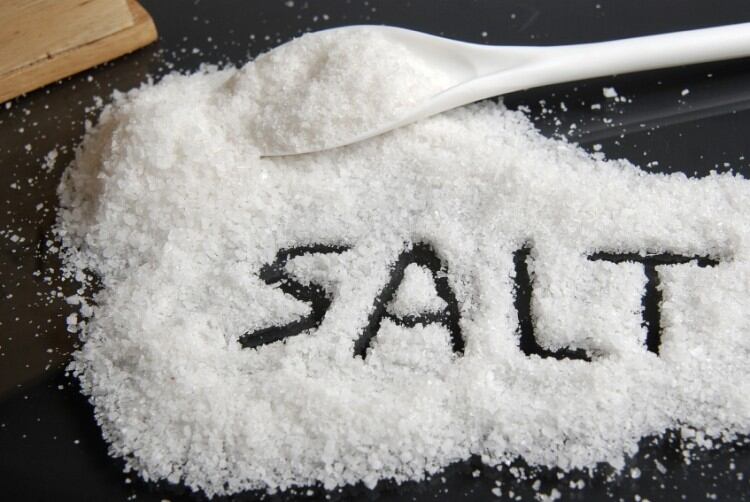Excessive salt intake has long been linked to high blood pressure, a key cause of cardiovascular diseases (CVDs) like stroke and ischaemic heart disease. China has the world’s greatest share of CVDs: 27.5% of adults aged 18 and above have hypertension, while high blood pressure has contributed to 2.33 million CVD deaths.
As salt reduction is one of the most cost-effective ways to prevent CVD, the World Health Organization (WHO) recommends that adults lower their salt intake to below 5g a day. In 2017, the Action on Salt China (ASC) programme was launched to implement several salt reduction initiatives aimed at local restaurants, schools, hospitals and communities.
However, in 2020, the average salt intake of China residents was 11g a day per capita. The Chinese government has since set a target of a 20% reduction in salt consumption in adults by 2030 as the key component of its Health China 2030 initiative.
Under the ASC programme, an RCT led by the Chinese Centre for Disease Control and Prevention (China CDC) was conducted to evaluate the “acceptability, scalability and effectiveness of the comprehensive intervention and its components”. Researchers conducting the study assessed the one-year effectiveness of town-level comprehensive salt reduction intervention in order to provide evidence for nationwide implementation.
Salty statistics
The researchers conducted the study between October 2018 and January 2020 in 48 towns in 12 counties across six provinces in China, among a total of 2,693 participants aged 18 to 75. Of these, 1,347 were allocated to the intervention group and 1,346 to the control group.
All participants had to take part in 24-hour urine collections, submit their anthropometric measurements and complete questionnaires before the intervention, after which they took a post-intervention survey.
Only one study subject could be selected per family, and women who were pregnant or lactating were excluded, as were participants who were not suitable for 24-hour urine collection, and patients with severe psychiatric and physical diseases.
At the one-year follow-up, the researchers found that the mean effect of salt intake did not show a significant change in the intervention group over the control group. However, the intervention was found to have increased 24-hour potassium excretion and decreased systolic blood pressure.
At the same time, the study subjects’ knowledge on salt intake and its effects, as well as attitudes towards salt reduction, had improved significantly in the intervention group. The researchers stated that these results were consistent with the result of the latest meta-analysis that had demonstrated similar urinary sodium and potassium levels in China over the past four decades to those of the study subjects at baseline.
They also noted that despite the intervention group’s increased knowledge of and improved attitudes towards salt reduction, behavioural changes tended to be “complex, long-term and slow”. As such, the one-year intervention period was insufficient for the intervention group to “transform the knowledge and attitude of salt reduction into behaviours”.
At the same time, there were variances in ages, education levels and the prevalence and treatment of hypertension between the intervention and control groups. The researchers hypothesised that greater age, a lower education level, a higher prevalence of hypertension, and lower salt intake might lead to more time needed to observe the positive effects of an intervention.
Observations for future seasons
The study’s large sample size, RCT design, comprehensive salt reduction interventions, collection of 24-hour urine samples (widely recognised as the ‘gold standard’ for measuring individual sodium intake) were considered its key strengths.
In terms of its limitations, the researchers said that a single year of intervention is not enough to modify the dietary behaviours in the community setting. They added that the single 24-hour urine sample collected from each participant prior to the intervention could not reflect the day-to-day variation in day-to-day sodium and potassium excretion.
Lastly, they did not collect data on food consumed or any use of low-sodium salt substitutes, making it difficult to understand the reasons for the changes in potassium levels.
The researchers concluded that a longer intervention period and follow-up assessment might be necessary to “evaluate the long-term effectiveness of the intervention programme on salt reduction in the communities” and that, “in order to achieve the Health China 2030 target, effective public health policies and targeted interventions for salt reduction are urgently needed”.
Source: Nutrients
https://doi.org/10.3390/nu14214698
“A Town-Level Comprehensive Intervention Study to Reduce Salt Intake in China: Cluster Randomized Controlled Trial”
Authors: Min Liu, et al.


